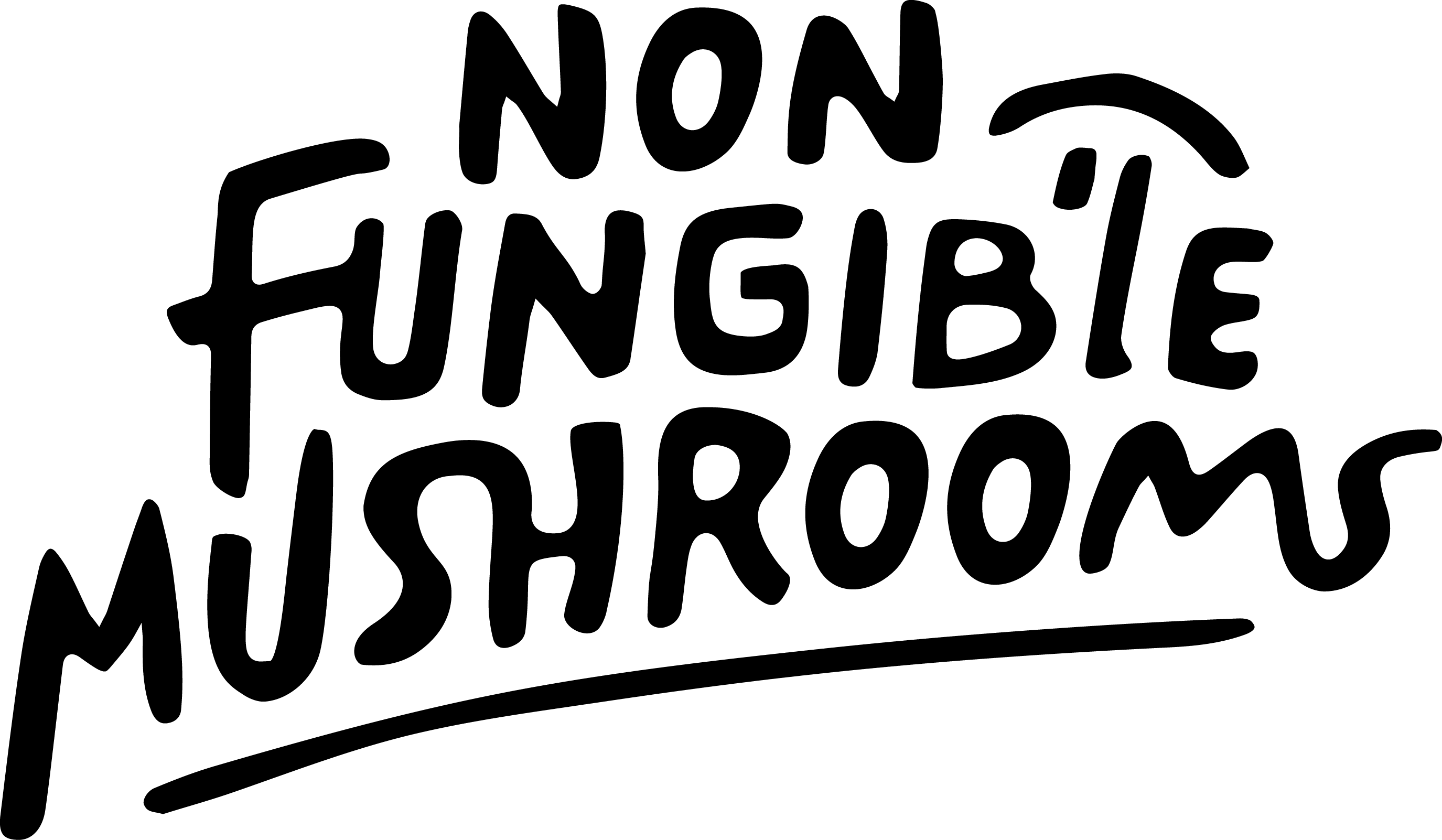

When it comes to turkey tail mushroom identification, there’s no room for half-right. It’s either the real thing or it’s not—especially when you’re using mushrooms to support your health. Real turkey tail delivers immune support, gut balance, and antioxidant power. False turkey tail? Mostly just pretty colors and disappointment.
You might think you’ve spotted one. It’s got those fan-like shapes, layered colors, growing in tight rows on a fallen log. But without flipping it over and knowing what you’re looking at, you could be picking something useless—or worse, totally misidentified.
At Non Fungible Mushrooms, we never take shortcuts when it comes to turkey tail mushroom identification. Every batch that makes it into our Mind Gut Revival or Complete Wellness Kit is authenticated, lab-tested, and sourced to make sure you’re getting exactly what your body needs—not a backyard knockoff.
So, how do you actually tell the difference in the wild?
Real turkey tail has multicolor bands, often with grays, browns, and blue tones
The surface should be fuzzy or velvety when fresh
The mushroom is thin and flexible—not thick or woody
The underside is critical: real turkey tail has white to light-colored pores, not gills and not a smooth bottom
It’s that last one that catches people. The pores are small, but they’re there. If you see a smooth underside, you’re not holding real turkey tail. False turkey tail mushrooms try hard to pass, but that smooth base gives them away every time.
We go through thousands of pounds of material and only choose the real ones. Because quality starts with turkey tail mushroom identification you can actually trust.
It happens to even experienced foragers—you’re out there in the woods, you spot what looks like turkey tail, you harvest a handful. Back home, you brew a tea or toss it into a tonic. But if it was false turkey tail, all you got was hot water and wasted effort.
The most common lookalike is Stereum ostrea. It grows on deadwood in layered clusters, just like turkey tail. It has concentric zones of color, just like turkey tail. But the surface is smooth. And the bottom? Also smooth—no pores, no medicinal value.
If you’re serious about getting it right, stop relying on just what you see from the top. Turkey tail mushroom identification depends on what’s underneath. Real turkey tail has a pore surface that’s obvious once you’re trained to look for it. Think tiny dots arranged like pinholes. False turkey tail doesn’t even come close.
You can feel it too. Real turkey tail is a bit more pliable, especially when fresh. False turkey tail is tougher, shinier, and drier. The more you handle both, the easier it gets.
At Non Fungible Mushrooms, we work with verified harvesters and extraction experts who specialize in proper turkey tail mushroom identification. We don’t play guessing games with your supplements. You’ll find true turkey tail in our Life Daily Mushroom Supplements and our Flow State Bundle, because the difference matters.
If you want benefits like immune regulation and microbiome support, you have to start with real mushrooms—not just something that looks close. We’re not here for cosmetic mushrooms. We’re here for functional ones.
False turkey tail is often confused with true turkey tail due to similar coloring, but it lacks the pore surface required for identification and use.
A lot of people get excited when they think they’ve found turkey tail mushrooms in the wild. But excitement can quickly turn into false confidence if you skip the finer details of turkey tail mushroom identification. Getting this wrong doesn’t just waste time. It wastes potential. And worse—it can mislead your body into thinking it’s getting immune support when it’s not.
We’ve seen it happen too often. Someone picks mushrooms that “look close enough,” brews them into tea, and waits for the results that never come. The culprit? False turkey tail. It blends in, looks the part, but doesn’t deliver any of the benefits you’re actually after.
That’s why at Non Fungible Mushrooms, we’re strict about what makes the cut. If it’s not the real thing, it doesn’t go in. Simple as that.
The most common misstep in turkey tail mushroom identification is relying on top-down visuals. False turkey tail can look identical from above. But it’s the underside that tells the truth.
Real turkey tail mushrooms have a light-colored pore surface underneath. It looks almost like tiny pinholes. If the mushroom’s bottom is smooth—no pores, no pattern—you’ve got false turkey tail on your hands.
Another slip-up? Ignoring texture. Real turkey tail is thin and velvety. False turkey tail is usually tougher and shinier, and it often grows on different types of wood. The difference is subtle but consistent once you know what to feel for.
At Non Fungible Mushrooms, every mushroom is tested for species identity and quality before it ever goes into our blends. That includes products like the Mind Gut Revival and the Life Daily Mushroom Supplements, where real turkey tail plays a crucial role in immune and gut support.
If your goal is clarity, immunity, and long-term health, guessing just isn’t worth it. Real mushrooms get real results. That starts with proper turkey tail mushroom identification.
You might think turkey tail mushroom identification is only for foragers in the woods with field guides in hand. But here’s the catch—even if you’re buying supplements, powders, or capsules, you still need to think about what’s actually inside them. Because false turkey tail doesn’t just show up in nature. It shows up in products too.
Many low-end manufacturers aren’t verifying what goes into their blends. That means you could be buying something labeled as turkey tail and still end up with false turkey tail. And if you’re using that to support your immune system or gut health, you won’t get the outcomes you were hoping for.
That’s why at Non Fungible Mushrooms, we keep turkey tail mushroom identification front and center. Every mushroom we use is DNA-verified, tested for beta-glucan content, and reviewed by specialists who know exactly what real turkey tail should look like, feel like, and function like.
Real turkey tail mushrooms contain immune-supportive compounds that false turkey tail simply doesn’t. One of the key ones is beta-glucans. These stimulate immune cells in a gentle, intelligent way—helping your body stay ready without being overwhelmed.
When turkey tail is extracted correctly, you get all of that in a concentrated form. That’s why we include it in powerful daily blends like the Flow State Bundle and the Restore Relax Bundle. These products rely on the real thing to support energy, mood, immunity, and clarity—all in one system.
You shouldn’t have to worry about what’s in your mushroom blend. That’s our job. We’ve built Non Fungible Mushrooms to take the mystery out of mushroom wellness. That includes sourcing, testing, and turkey tail mushroom identification from start to finish.
When you see turkey tail on our label, it’s the real one. No fillers. No lookalikes. Just verified, bioavailable, functional mushrooms that your body can actually use.
False turkey tail fungi like Stereum ostrea are commonly misidentified due to their similar appearance, but lack the pore surface critical for identifying true turkey tail.
You’re not just learning turkey tail mushroom identification to show off your field skills. You’re doing it because the quality of the mushroom directly affects your health. And if you’re targeting gut repair, immune balance, or long-term wellness, nothing works unless it’s real.
Turkey tail isn’t just colorful fungus on a log. It’s packed with compounds that support microbiome health, regulate inflammation, and train your immune system to respond smarter. But all of that starts with proper identification. If you get that wrong, none of the downstream benefits are coming.
False turkey tail might look similar, but it’s missing the functional pieces your body is asking for. It has no beta-glucans, no active polysaccharides, and no documented gut support benefits. So whether you're sourcing mushrooms or just shopping for supplements, turkey tail mushroom identification isn’t optional—it’s the foundation.
At Non Fungible Mushrooms, we don’t assume anything. We verify every mushroom batch through third-party labs. We screen for species identity, purity, and potency. Then we formulate with intention.
When you see turkey tail in our Complete Wellness Kit, Mind Gut Revival, or Life Daily Mushroom Supplements, you’re getting a mushroom that’s been validated from log to label.
That’s not just marketing. That’s responsibility. You’re putting something into your body to make it better. It should be exactly what the label says it is.
When people switch from generic blends to real, validated mushrooms, they usually feel it. Clearer energy. Less gut upset. More days where their body feels on their side. That’s what real turkey tail offers—when it’s truly turkey tail.
And we make sure it is.
It’s easy to second-guess yourself during turkey tail mushroom identification. Especially when you’re out in the woods or reading a vague supplement label. If you’re not 100% sure what you’re holding, eating, or buying—stop and double-check.
There’s nothing wrong with caution. In fact, it’s smart. Mushrooms are powerful, but only when used correctly. And if you’re ever unsure whether what you’ve got is true turkey tail or false turkey tail, remember this rule: real turkey tail has pores on the underside. False turkey tail does not. That’s the baseline check that will save you a lot of time and wasted effort.
If you're looking at a supplement and can’t find sourcing details or species verification, walk away. A company that won’t tell you where or how they identify their turkey tail is probably not using the real thing.
There’s a lot of trust involved in mushroom wellness. That’s why we set the standard at Non Fungible Mushrooms. When you order from us, whether it’s the Flow State Bundle, Mind Powder, or the Natural Energy Stack, we guarantee the identity and integrity of every mushroom we use.
We also give you the tools to build a proper daily ritual. Our Wooden Spoon and Mushroom Mug aren’t just fun—they make it easy to dose intentionally.
With verified turkey tail in your blend, you're not just playing the wellness game. You’re giving your body tools it can actually use.
While Stereum ostrea (false turkey tail) mimics the look of real turkey tail, its lack of pore structure and functional compounds make it unusable for immune or gut health applications.